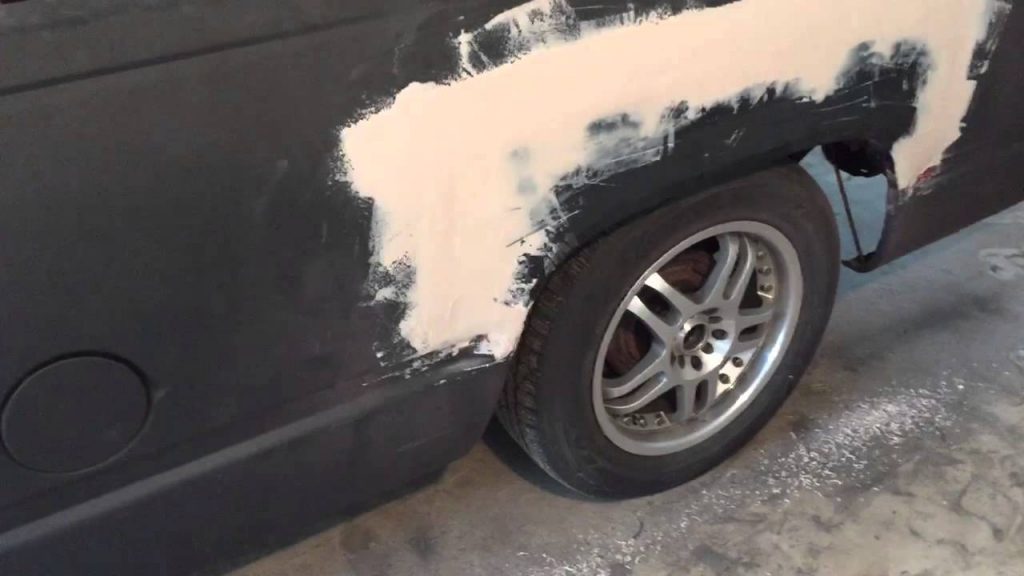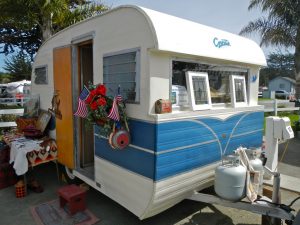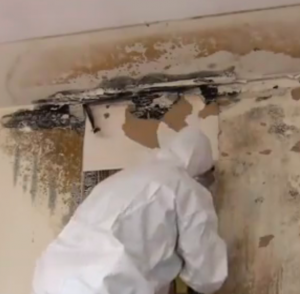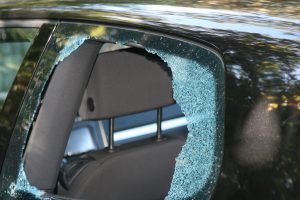Bring your notepad and pen because everything that jumps out at you should be written down, along with observations on the vehicle basics.
Guide to Buying your first used RV
Regardless of whether you are using craigslist, an auction, or your local RV dealer, steps should still be taken to make sure that you investigate all aspects of the vehicle including past care, maintenance, and overall condition. As they say, buying a home is the single largest purchase in your life, well consider this motorhome the 2nd largest purchase! Never let yourself get rushed into a purchase because you like it or the seller says they are only giving you this deal for a day. Take notes, compare prices and condition of competitive vehicles and relax. This process can be fun. Write down anything that catches your eye, needs attention or replacing. This way you can start to get a list of items of repair and personalization associated with the purchase as well. This information can be used as a negotiation tool as well. Always ask to test drive the vehicle and let the dealer know that you may even bring a mechanic to look at it.
Below is a list of items that I’ve compiled over several years of RVing, so no matter where you are in the purchasing process here are some points to take a closer look at.
-
Paperwork / License / Service History / Receipts / Title:
Before getting into the vehicle or taking a look, you’re going to want to look at the boring old paperwork of the vehicle. For starters double check the VIN number matches that on the vehicle title and license. From there you should get an idea of the owner history. How many owners has this vehicle had? Why was it last sold? Was it ever in any accidents? When satisfied with all of these answers get an idea of the service history of the vehicle. Ask if there have ever been any recalls on parts, if there was any major repair or damage, and if the oil has been changed on time.
After the history and title have been addressed, get a better understanding of the vehicles performance. Find out how much the vehicle can carry or transport. What is the maximum carrying capacity? Some vehicles come equipped with a very heavy frame designed for towing, and may leave minimal capacity for camping, fishing, and personal supplies. It’s of the utmost importance that the vehicle you buy matches your desired performance criteria.
-
Rust and exterior damage
Before stepping foot in the vehicle or popping open the hood, make sure to look at the vehicle’s frame and exterior panels. Make note of the rust spots as well as the location on the vehicle. Many small rust spots can be contained and treated when caught early without any major damage to the frame or panels. Many people and sellers try to just paint over the rust, and this can be evident if the paint starts to bubble up over the spot. Make note of any of these areas as well. When estimating the damage of rust you need to understand the extent of the damage and get competitive quotes to determine the cost of the repairs and if the rust has caused any damage to the integrity of the RV.

-
Bathroom / Shower / Toilet
Now we can enter the vehicle, but before starting anything, take a look around and evaluate the interior. For starters, the bathroom is an excellent place to start. The toilet needs to hold water and flush properly. Give it two good flushes to evaluate how long it takes to refill and how consistently it flushes.
-
Flooring / Carpeting
Check the floors for dents, scrapes, and other damage. Areas that are particularly important are those around the sink in the kitchen and bathroom, as well as by the refrigerator. Any damp or soft spots are likely caused by faulty plumbing and need to be assessed and fixed before the purchase of a vehicle.
-
Ceilings
Look up! Following the same process with the floors, check the roof for any signs of damp or soft areas. Check in the lockers, cubbies, and cabinets as well. A damp ceiling can be caused by a leaky roof, and could cost a significant amount to fix.
-
Car and house batteries
RV’s often contain multiple batteries. The house batter is critical for the functioning of all the electrical systems including wall outlets, water heating, and the fridge and microwave. Check to see if a current is received at each outlet. Check both battery terminals for corrosion or damage.
-
Insulation
This may be difficult to assess without ripping the wall panels off, but ask for any documentation regarding the insulation installed. No one wants to be left in the cold!
-
Propane or Natural Gas system
Inspect the gas tanks, hoses, regulators, and fittings. Many RV’s come with a certificate indicating passing gas performance. Check the heating system to make sure it functions and that the meters are working. Make sure the heating vents work and can be turned on/off in each room. Make sure that there is enough heat for the entire vehicle to stay warm.
-
Air conditioning
Follow the same steps as we went through with the heating. Make sure the air conditioner can adequately cool the entire cabin, and that it doesn’t hiss or leak.
-
Brakes
Take the vehicle for a test drive and make sure that they are responsive and sensitive enough to stop in the event of an emergency. Get used to braking because the distance needed to stop may depend on the load you are carrying. Check the parking brake as well.
-
Overall comfort and support
Are you comfortable driving, as a passenger, in the bedroom, in the bathroom? Can you see yourself enjoying this vehicle? These are all person dependent questions that you should ask before moving forward with the purchase.
 To help cut down on your total expense for this update, you will want to take the aluminum to a scrap yard and cash it in. Depending on the amount of aluminum and the current pay out amounts, you could be looking at receiving a couple of hundred dollars up to a thousand dollars. This is a lot of money to get back. You can apply that directly to the purchase of your new siding. This way, the total cost of it all will be a little easier to handle. Also, you would be recycling which is a great thing all on its own.
To help cut down on your total expense for this update, you will want to take the aluminum to a scrap yard and cash it in. Depending on the amount of aluminum and the current pay out amounts, you could be looking at receiving a couple of hundred dollars up to a thousand dollars. This is a lot of money to get back. You can apply that directly to the purchase of your new siding. This way, the total cost of it all will be a little easier to handle. Also, you would be recycling which is a great thing all on its own. Carpet enhances the attraction of your room, but you have to care for them if you want them to last long. Not caring for them or buying cheap carpets can lead to frequently changing your carpets and extra expenditure.
Carpet enhances the attraction of your room, but you have to care for them if you want them to last long. Not caring for them or buying cheap carpets can lead to frequently changing your carpets and extra expenditure. You need to consider replacing the car interior carpet of your automobile if it is old or has been neglected. Yes, you can clean the upholstery but a time comes when no amount of elbow grease is going to get those stains out. Your vehicle may smell a bit as well. If it does it is the time to pull that carpet up.
You need to consider replacing the car interior carpet of your automobile if it is old or has been neglected. Yes, you can clean the upholstery but a time comes when no amount of elbow grease is going to get those stains out. Your vehicle may smell a bit as well. If it does it is the time to pull that carpet up. Before embarking on the project of replacing your window in an RV, there are a few things you should make sure you are clear on. Which include the following: You must have a clear budget in mind and make sure you stick to your guns, do not waiver or compromise: perform the necessary research you need on different contracting companies if you intend on using that route; at least have details of no less than three separate quotations: when you are doing your research you should request free in house estimates; avoid by all means making decisions on the spot; give yourself at least two days to look over the different the quotations from the companies; pick one and then clearly state how you want your replacement window installed and find out on their warranty policy and if there are any deals relating to tax credit when installing new energy efficient windows.
Before embarking on the project of replacing your window in an RV, there are a few things you should make sure you are clear on. Which include the following: You must have a clear budget in mind and make sure you stick to your guns, do not waiver or compromise: perform the necessary research you need on different contracting companies if you intend on using that route; at least have details of no less than three separate quotations: when you are doing your research you should request free in house estimates; avoid by all means making decisions on the spot; give yourself at least two days to look over the different the quotations from the companies; pick one and then clearly state how you want your replacement window installed and find out on their warranty policy and if there are any deals relating to tax credit when installing new energy efficient windows.